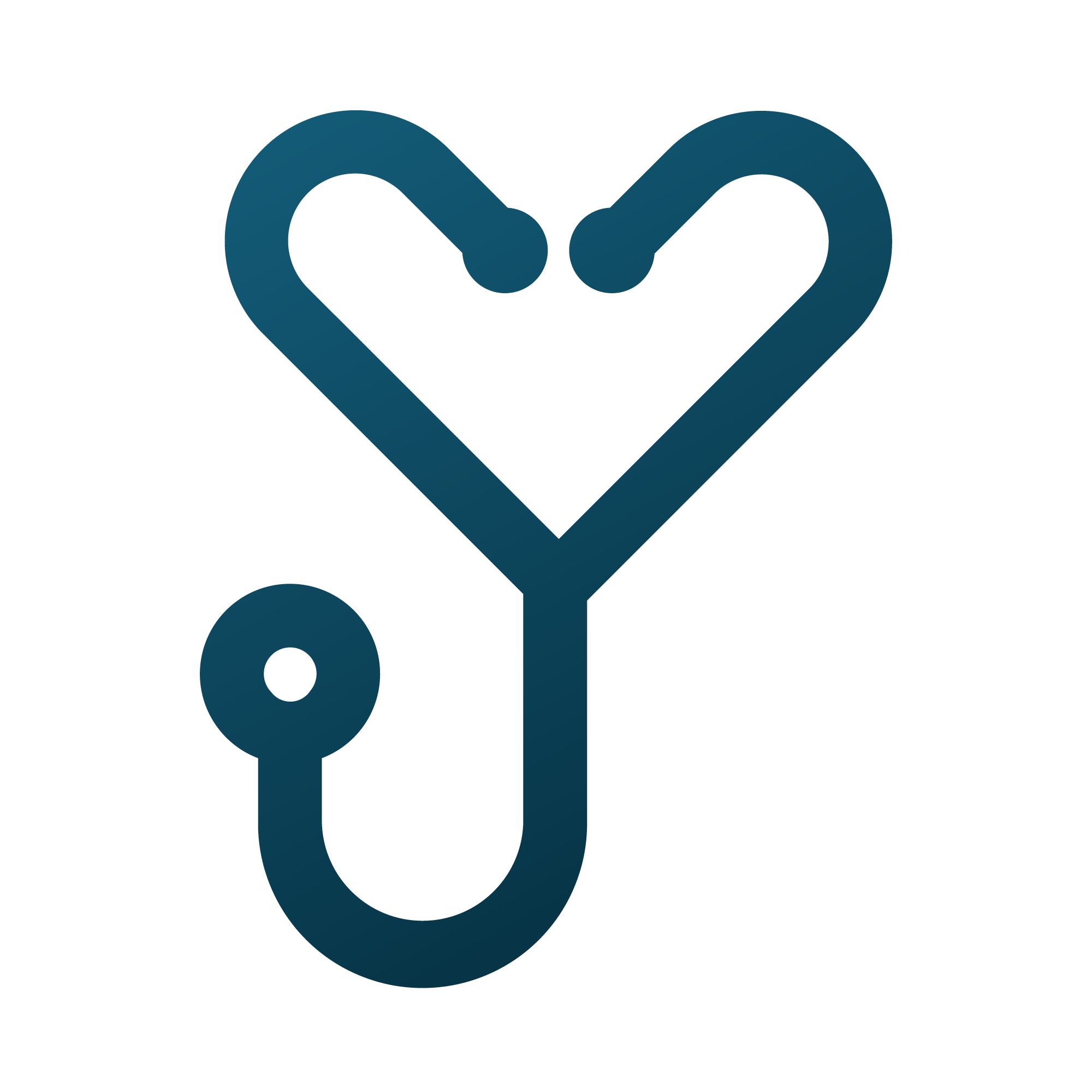9 Essential Telemedicine Features Your Platform Should Include

With the number of solutions on the market, it can be hard to narrow down your top needs and wants in a platform. Before you start interviewing software or finalizing the best telemedicine companies, you should identify your list of non-negotiable items.
1) HIPAA compliance
If you’re going to be treating patients, the system must be HIPAA compliant. A lot of video-conferencing software can provide a video connection for telemedicine providers, but it’s not a good idea. Skype and FaceTime are not encrypted or secure. Check with your telemedicine platform to ensure that it meets all the minimum standards for HIPAA, and verify with your state laws that there are no additional requirements that platforms must meet.
Additionally, your telemedicine platform partner must be willing to sign a Business Associate Agreement
2) Business Associate Agreement
Though often overlooked, ensuring that your telemedicine platform will sign a Business Associate Agreement is an integral part of implementing a platform into your practice. The sessions may not be recorded, but your telemedicine platform is going to store information related to your patients on their server. The Business Associate Agreement specifies that the provider/organization and the telemedicine platform have agreed that this information can be stored on the platform servers, and it specifies how the information is stored and cared for. The BAA protects healthcare organizations should the telemedicine platform be negligent in protecting that data. Willingness to sign a BAA further indicates that the platform is designed with healthcare in mind.
3) Web-Based
Downloading software is cumbersome and presents additional steps into a process that may already be foreign to patients. Software downloads add several variables that can be difficult to overcome. The telemedicine software features on the computer may be out of date. The patient may be unfamiliar with how to launch a download. They could have limited space on their hard drives or not remember the password to allow the download to start. If the patient isn’t technically savvy, the hurdles presented could be insurmountable. It is important to provide telemedicine guidelines to all.
4) Flexible Hardware Requirements
You don’t have to buy an office full of new equipment to use telemedicine. The telemedicine platform you select should be able to run on any device with an internet connection, microphone and front-facing camera. That means you can connect with patients from a computer, tablet or phone. The flexibility and ease of implementation are imperative.
5) One Step Login
How many user names or passwords do you use to log into your accounts and devices every day? Do you know those passwords offhand? Does the account require a user name or an email address? Do you remember what email address you used to make the account?
If you have these questions to log into systems that you use all the time, how often do you think these come up for patients who are trying to log in to speak to their provider? It’s possible to have a HIPAA-compliant connection without requiring a user name and password, and it eliminates a massive barrier to effective and expedient treatment.
6) Telemedicine Triage
One of the most important things to consider is how you can ensure that telemedicine is reserved for the right patients. Telemedicine platforms should have a triage solution built-in that allows providers to specify who qualifies for telemedicine visits and who should be referred for in-person care. This keeps telemedicine safe, and it ensures that no one slips through the cracks when self-scheduling or being scheduled by office staff.
7) Instant, In-House Support With Low Utilization
The telemedicine platform you select should be supported by the people who built it, and their help should be available to you instantly if you need it. A support response longer a few seconds doesn’t help when you’re trying to connect with a patient who is waiting on the other end of the virtual visit. The best telehealth platforms should have proactive support features like connection testing, appointment reminders and live help for patients, staff and providers. Full-service support that is rarely utilized indicates that the telemedicine platform is reliable but that help is available if necessary.
8) Information Capture
While treating patients at a distance is convenient, it does present hurdles as far as collecting medical histories, current complaints, intake forms, patient consents and demographic information. If you work with a platform with a paperwork automation solution, this information can be easily collected prior to the visit without emailing forms, scanning information or manual entry into your EMR.
9) Workflow Experts On Staff
Whether you’re a telemedicine provider, rolling the platform out to a large group, or just switching platforms, the partner you select should be able to offer guidance on how to best implement telemedicine into your organization. They should be familiar with state law, understand best practices for a telemedicine platform and help you establish a designated workflow to make the solution easy for both you and your staff. Telemedicine providers don’t need a one-size-fits-all solution, and workflow and implementation experts are a good indicator that your telemedicine platform understands variability.
Keyword:
Find a Topic:
Recent Posts
- Compassionate Foundations: Self-Care for Mental Health Providers
- Behavioral Health News: Mend Partners with Leading Community Mental Health Organizations to Reduce No-Shows and Increase Access to Care
- Understanding SAMHSA’s Key Changes to 42 CFR Part 8: A Guide for Healthcare Professionals
- Becoming a CCBHC: Staffing Requirements
- Empowering Change: SAMHSA’s Impact on Behavioral Health Through Grant Funding, Innovation, and Collaboration



